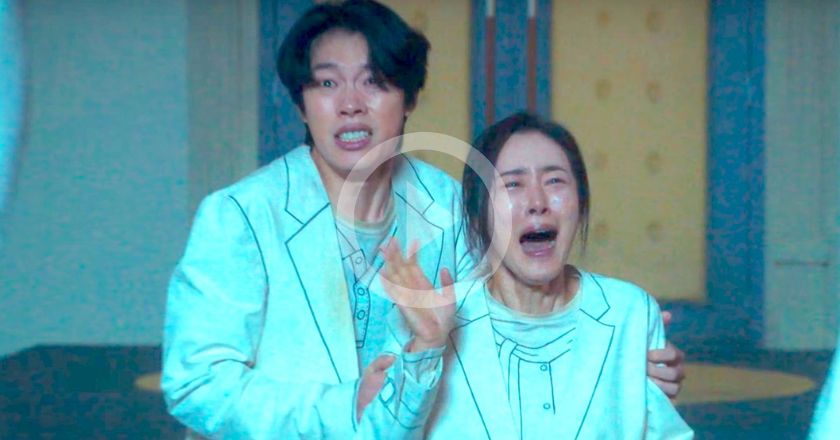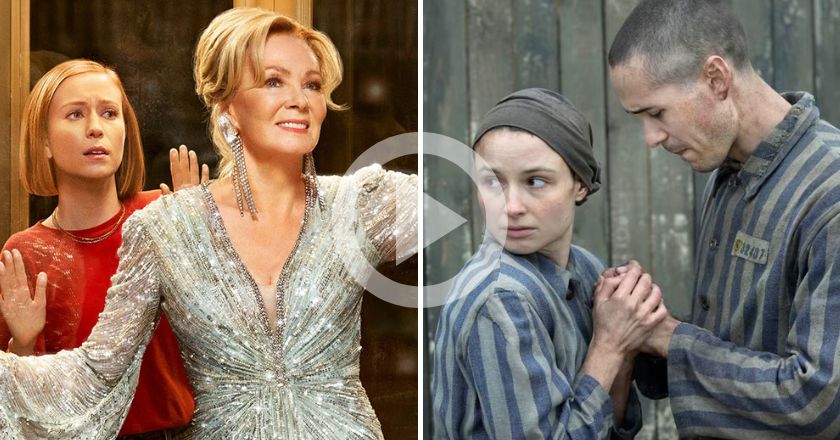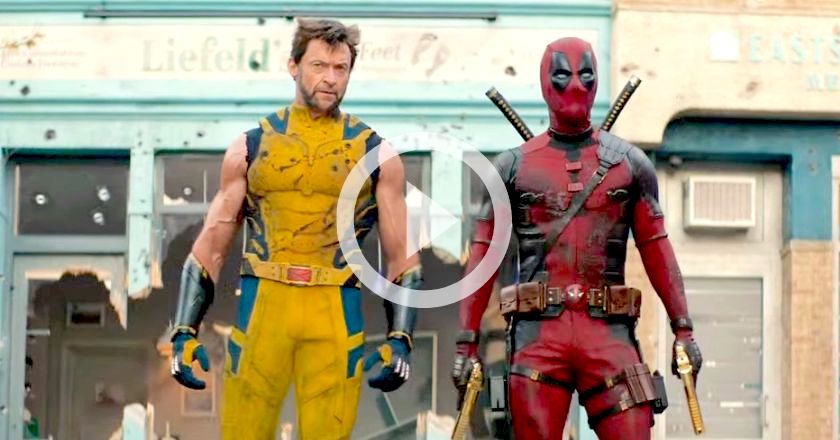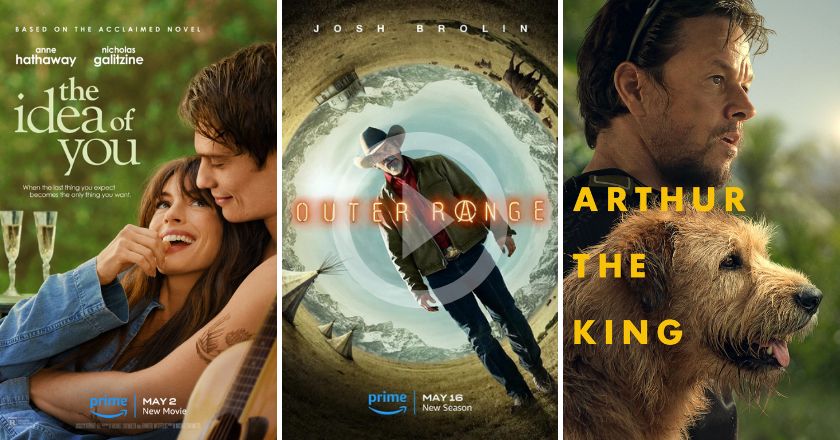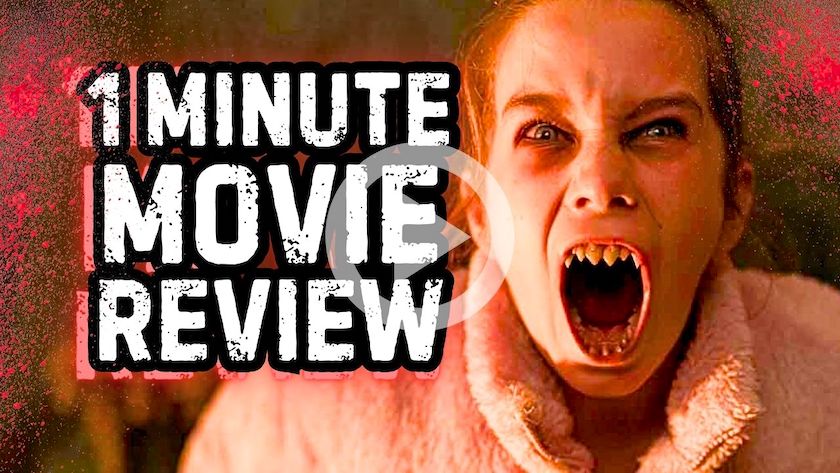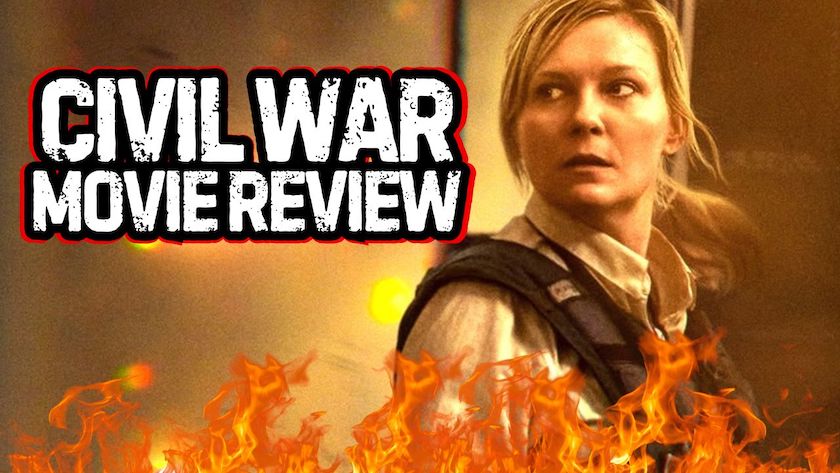Strap yourselves in, folks, and enter Ready Player One, an adventure sci-fi film produced and directed by Steven Spielberg, based on Ernest Cline’s much-loved 2011 novel of the same name.
It’s the year 2045, humanity has largely abandoned the overpopulated and politically corrupt boundaries of the “real world”, with people instead opting to immerse themselves in the virtual reality wonderland of OASIS. Once within its virtual walls, you can do whatever you want, look however you like and stay as long as you wish. We follow 18-year-old Wade Watts (Tye Sheridan), a roguish lone wolf who games hard and often within OASIS.
Wade and countless others are drawn in to take part in an elaborate game called Anorak’s Quest, which is launched following the death of James Halliday (Mark Rylance), the brilliant-minded yet socially unskilled creator of the OASIS. Among the prizes for the winner: full ownership of this virtual universe. Powerful and greedy corporation IOI (Innovative Online Industries), chaired by Nolan Sorrento (played by the always good ““ especially when he’s bad ““ Ben Mendelsohn), assigns an entire division of players to work around the clock in the hope that they will be the first to complete the game, with a company policy that seems to be along the lines of “just get it done, no matter the cost.”

So, we’ve got the dystopian future, a young and naïve hero, the “big bad”, a colourful and dazzling world that is fraught with real dangers and littered with virtual clues, and a kitty of 500 trillion dollars at stake ““ the right recipe for an energetic sci-fi adventure from a talented filmmaker.
Wade (known in-game as Parzival) has a few good friends, although none of whom he’s met in the real world. It’s this type of observation that serves to make the viewer look inward as our own real-world society marches toward a social media-saturated digital existence, all whilst Virtual Reality technology rises and improves. Ready Player One not only imagines an arguably plausible future regarding VR, it actually asks whether or not this rise and reliance in mind-altering tech will be a benefit or hindrance to humanity/society. It’s not an easy discussion to have in the midst of a mainstream, easy-to-digest adventure, so kudos to Ready Player One for doing so without being overly politicised or preachy. The screenplay, by Cline and Zak Penn, makes several key observations on both society and technology, though never at the expense of the fun and adventure that defines the overall film.

As has been driven home in the marketing, Ready Player One carries with it a virtual gigaton of pop culture references and nostalgia, and it nails the balance of fan nods and narrative. Cline’s tale is crafted with a heavy dose of love and influence, from Atari video games to classic movies from the 80s and 90s (yes, including Spielberg’s). Taking this to the screen could easily have resulted in a picture filled to the rim with ham-fisted references and reliance on fan service, but the constant and ever-changing cycle of pop culture staples, brands and characters simply add to the dazzle, brief inclusions that often pepper the screen in a sort of spot-the-reference game that delight without distracting from the overall tale.
Ready Player One is highly enjoyable, a fast-paced, amusing, visually incredible adventure that wants to offer a good time and delivers on its mission. While it isn’t perhaps up there with Spielberg’s very best, this is satisfying work that finds the renowned filmmaker delivering the type of deliciously complex melting pot that he is famous for.
THE REEL SCORE: 8/10
https://www.youtube.com/watch?v=4L7w1VFL6iA

